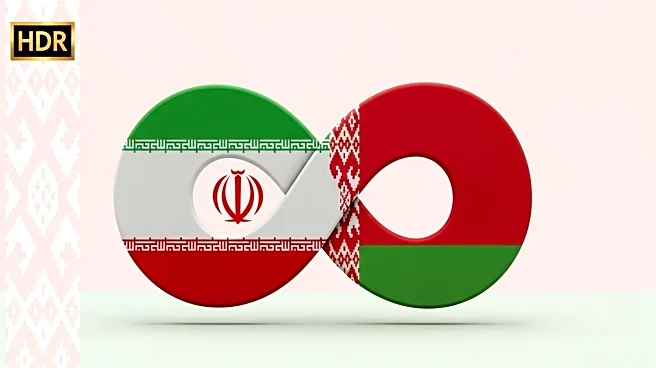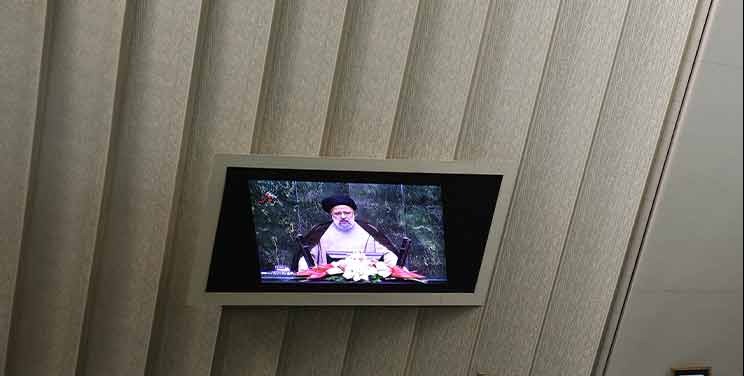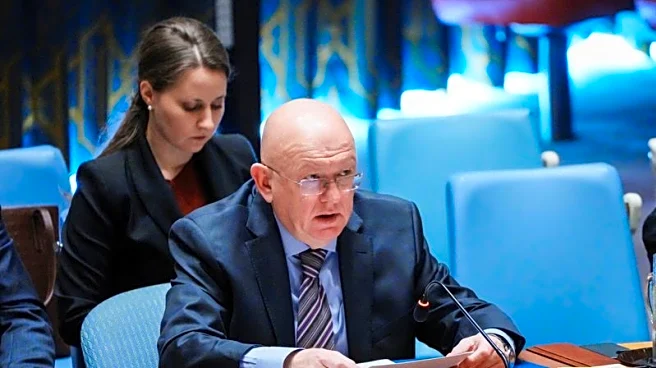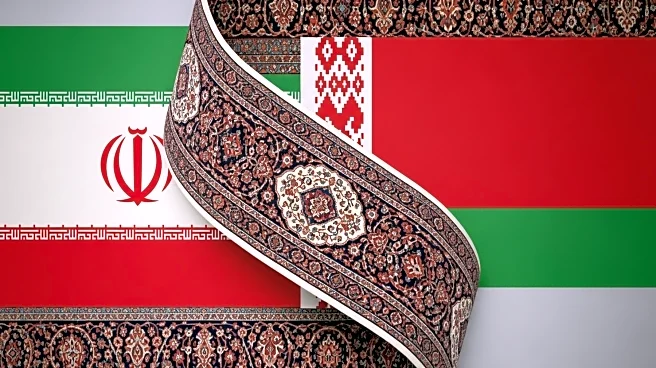What's Happening?
Iran is facing a severe water shortage and drought, prompting President Masoud Pezeshkian to consider relocating the nation's capital from Tehran. The decision is driven by the city's ongoing water crisis and issues related to over-expansion. Tehran, currently the political and economic hub of Iran, is struggling with extreme heat and water scarcity, which have exacerbated living conditions for its residents. The potential move of the capital is seen as a response to these environmental challenges, aiming to alleviate the pressure on Tehran's resources and infrastructure.
Why It's Important?
The potential relocation of Iran's capital from Tehran highlights the significant impact of environmental issues on urban planning and governance. This move could set a precedent for other nations facing similar challenges, emphasizing the need for sustainable urban development in the face of climate change. The decision could also have geopolitical implications, as Tehran is a central hub for Iran's political and economic activities. A shift in the capital could affect international relations, trade, and the country's internal dynamics, potentially leading to shifts in regional power structures.
What's Next?
If the decision to move the capital is finalized, Iran will need to identify a suitable location that can accommodate the administrative and logistical needs of a capital city. This process will involve significant planning and investment, as well as potential resistance from those with vested interests in Tehran. The government will likely engage in discussions with stakeholders, including urban planners, environmental experts, and political leaders, to ensure a smooth transition. The international community may also monitor the situation closely, given its potential impact on regional stability.
Beyond the Headlines
The consideration to move Iran's capital underscores the broader implications of climate change on national policies and urban development. It raises questions about the sustainability of current urban centers and the need for innovative solutions to address environmental challenges. This situation also highlights the importance of integrating climate resilience into national planning strategies to ensure the long-term viability of major cities.












